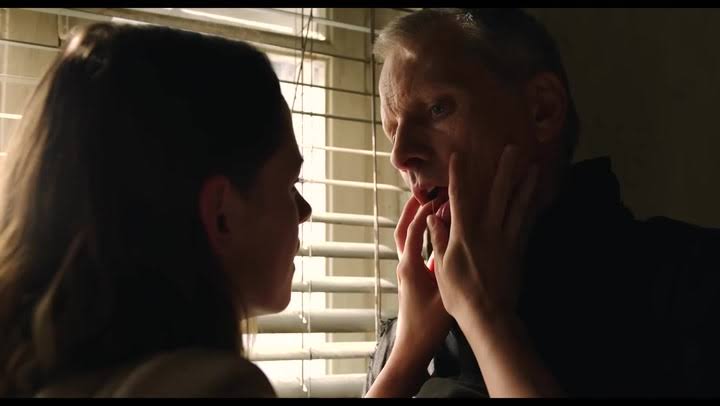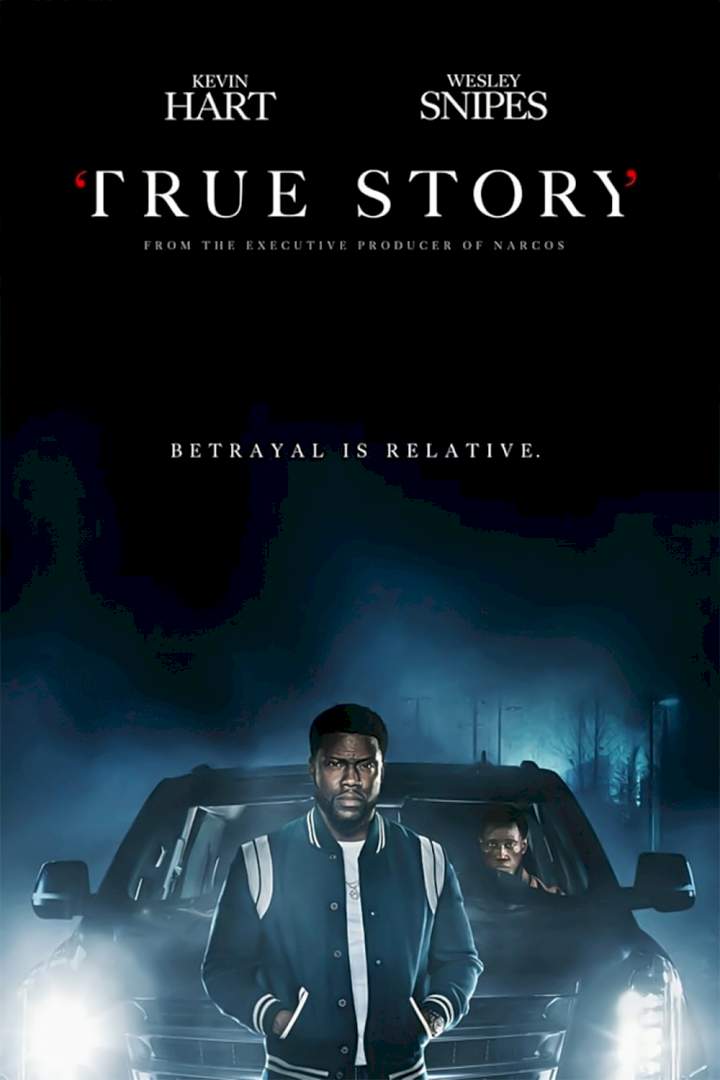
Movie Review: Crimes Of The Future
Download movie here 👉 Crimes Of The Future
In light of this without hesitation uncanny opening alone, it’s a good idea to discover that it was towards the finish of the twentieth Century when Cronenberg imagined this story, in which our sort has changed to develop new organs and advanced to make the thought of agony close terminated. All things considered, that was the period that characterized his bodily kind of film — to be specific, his distractions with the human body and the manners in which tissue crosses with the systems and progression of current innovation — and that’s only the tip of the iceberg or less finished with 1999’s “eXistenZ,” before worries of the more instinctive sort (obviously, still with drops of body frightfulness) grabbed hold of his filmography on this side of the 2000s.
In such manner, “Wrongdoings of the Future” (what shares a title and nothing else with a 1970 picture by the movie producer) finds “the ruler of venereal loathsomeness” work decisively in a universe that procured him this previously mentioned name: you know, a world comprised of the cut middles of “Videodrome,” the harmed extremities of “Crash,” and the delightfully fiendish sensuality that in some way courses through everything.
It’s a piece exciting to consider this existential dread in our (supposedly) post-Covid world where the discussion of one more up and coming variation and conceivable flood is ending up mentally devastating. Maybe nothing remains at this point but to figure out how to live with and control the obscure, similar to the insubordinate presentation craftsman Saul Tenser (a stony, magical Viggo Mortensen) has done. While the VIP entertainer admits to his dislike for what’s been befalling his own body, he basically appears to have figured out how to make a big deal about his condition in the meantime, close by the previous injury specialist turned Saul’s imaginative accomplice Caprice (an unpretentious and refined Léa Seydoux, mixing the on-screen bedlam with a wash of quiet). Together, the pair have turned the entire course of medical procedures into a performative presentation, maybe to discover some significance and confirmation in the midst of unstable eccentricism, or to abandon something to counter the devastating feeling of void.
Frequently, the two direct live, you-need to-see-it-to-accept it sort of medical procedures on Saul before an in-person crowd, pushing his body as far as possible for craftsmanship. At least a time or two, you hear this cycle being considered as a method for freeing the body up to additional opportunities. The proposition resembles this: in the event that aggravation is old fashioned, the actual body can be shaped into workmanship. Furthermore, what is all that embellishment, all that usable change of skin through human hands and imaginative careful machines, on the off chance that not another sort of intercourse? What’s a painful injury in the event that not a greeting for, well … oral sex?
To be sure, it’s no fortuitous event that there is a coital quality in almost all that Cronenberg strokes with cinematographer Douglas Koch’s sexy camera, uncovering a supernatural sort of sensuality from the film’s adequate hardware, rawness, and peculiarly uncovered guts. Among the people who covertly feel that provocativeness is Timlin (Kristen Stewart, carrying along some entertainment with her personality’s suppressed voice and endearingly shaky position), a regulatory examiner from the “Public Organ Registry,” following new organ developments close by her accomplice Wippet (Don McKellar).
Like everybody, she is enticed by Saul and Stewart messes around with Timlin’s surrendering to that allurement like a Ninotchka with an unexpected appreciation for extravagant obscenities. (In all honesty, the scene in which the young lady stuffs her fingers in Saul’s mouth is among the film’s tamer minutes.)
In reasonableness, how is it that she could oppose all the interest? On the opposite side of the screen, you could end up combatting associated inclinations, wanting to pop inside the image and if nothing else, feel your direction through amazing creation planner (and long term Cronenberg teammate) Carol Spier’s blood-souring creative mind. From a floating, case like bed with buggy limbs associated Saul to thumping metals of machines, her manifestations synchronize up with all-things-Cronenbergian, yet wink to the plans of “Outsider.”
All in all, the work to figure out the ways of thinking at the core of “Wrongdoings of the Future” is a relentless one in the midst of a jam-packed material of players — among them are Scott Speedman’s cryptic chief and a critical Welket Bungués muddled criminal investigator — and unconditional thoughts uncertain of how to manage themselves. Indeed, this operatic sci-fi is loaded up with ambiguous, half-completed cuts at the thoughts of advancement, cultural confusion, and the misfortune that is the evaporating of natural biological systems, a definitive wrongdoing perpetrated by humankind. In any case, it’s downright overpowering to consider these questions in the midst of a procession of eye-popping body ghastliness, from sewed lips and eyes, to ears outgrowing every last trace of one’s body. It’s not precisely progressive, and more disturbing than terrifying. However, it’s still provocatively hot stuff from the beyond a doubt missed rare chronicles of Cronenberg.



























Post Comment